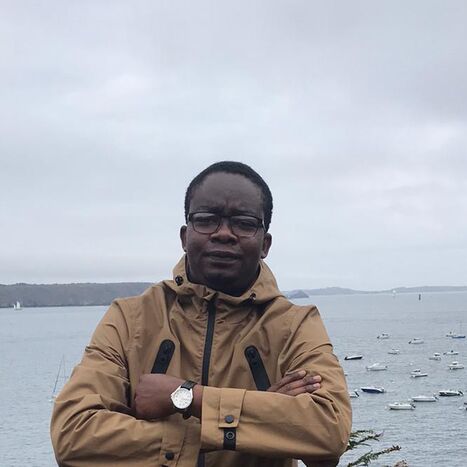Analysis of thermohaline variations from intra-seasonal to seasonal scales of freshwater plumes in the Gulf of Guinea
In the Gulf of Guinea (GG), freshwater originated from river discharges and high precipitation rates contribute to the upper ocean density stratification, and play a key role in modulating air-sea interactions. However, the thermohaline variations of the ocean upper layers within the freshwater plumes in the GG are still poorly known, as they are poorly observed and documented. The main objective of this thesis is therefore to study and document the spatial variability at horizontal mesoscale (10-100 km) and vertical (0-100m), from intra-seasonal to seasonal time scales of the thermohaline 3D structure in the freshwater plume areas of the GG: mainly the Congo and Niger Rivers plumes. First, using SSS SMOS satellite data, our study showed that freshwater plumes in this region extend towards the open ocean following two propagation regimes. During September to January, they propagate northwestward while from January to April they redirect to the southwest, where their maximum extension is observed in April. The rest of the year, from May to August, is marked by a surface salinization episode, where the freshwater plumes dissipate with a minimum extension observed in August. A salinity budget analysis in the surface mixed layer allowed highlighting the main physical processes controlling the seasonal variability of salinity within these freshwater plumes. We showed that horizontal advection processes and freshwater fluxes by precipitation and river discharges are the main contributors of low SSS distribution in this region. In the southeastern Gulf of Guinea, off Congo, the horizontal SSS advection is dominated by Ekman wind-driven currents. Second, we showed that the offshore distribution of the Congo plume on intra-seasonal time scales is associated with salt barrier layers and with thermohaline staircases profiles. In a case study (for 2016/03/31), we showed that the observed thermohaline staircases would result from the shear dynamics between the surface Ekman flow associated with the offshore (North-Westward) distribution of the Congo plume, and the geostrophic (South-Eastward) flow associated with the denser and saltier subsurface water masses of the open ocean to the west. Finally, using a Lagrangian approach, we have highlighted the origin and large-scale structuring of water masses involved in the strong haline stratification observed off Congo. This study showed the strong shear of the currents associated with the vertical salinity gradients within the water column associated with the staircases profiles.

